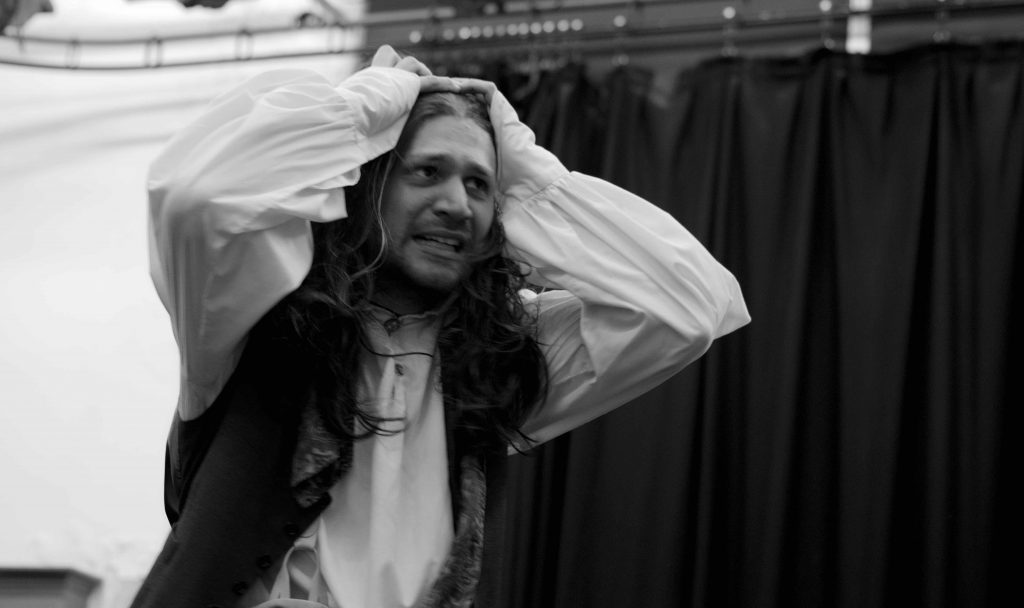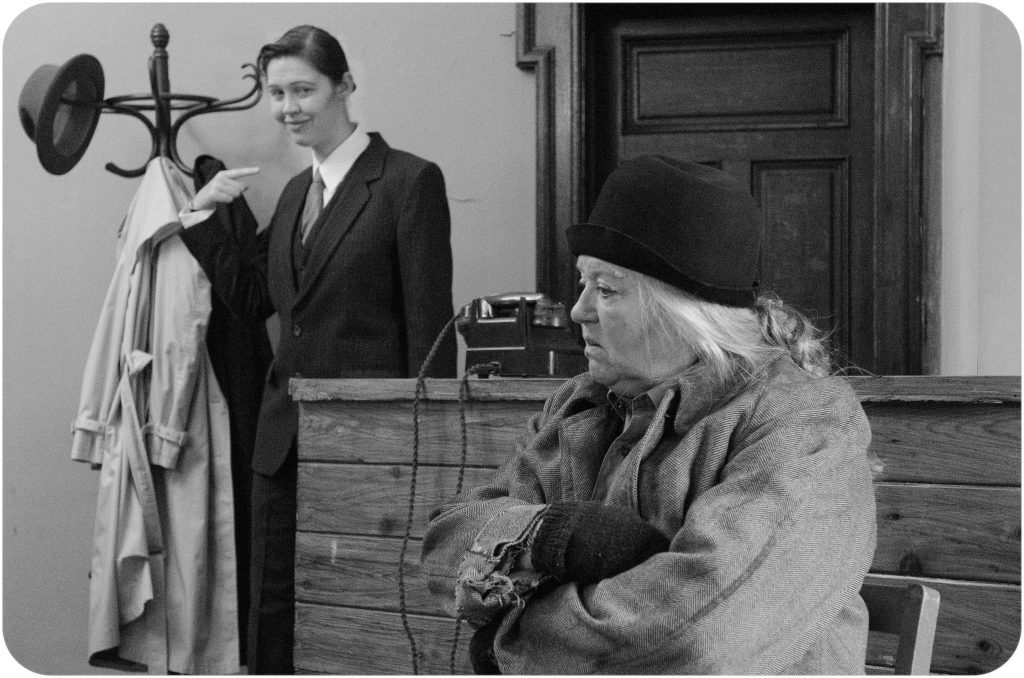THE TELL-TALE HEART
Edgar Allan Poe’s 1843 tale of murder and madness. A nameless narrator tells us with aloof aplomb of his calculated murder of an old man with whom he lives. But his elation and exhilaration are short- lived.
Joshua Ogle
The Tell-Tale Heart was first published in the literary magazine The Pioneer in January 1843. It was reprinted many times in Poe’s life and was one of the original twelve short stories included in the posthumous collection published in 1902 by The World’s Classics in London entitled Tales of Mystery and Imagination. It raises some tantalizing questions: Who is the narrator? (There is some discussion as to the narrator’s gender, which is never revealed in the story.) To whom are they talking? Is it a confession to the police? To a priest? Are they addressing a doctor of the ‘mad business’? Are they even addressing anyone at all?
THE MONKEY’S PAW
An ageing couple who live with their grown-up son are offered the chance for three wishes. Not quite believing it, their first wish, spoken almost in jest, triggers a terrifying outcome.
Brian Smith and Lois Banks
At the same time that Poe was being popularized in Tales of Mystery and Imagination, an English humourist, W.W. Jacobs, published a collection entitled The Lady of the Barge. Of these, only The Monkey’s Paw – unusually for Jacobs, a foray into horror – is remembered today. The details are sparse: there is no indication of place, the son’s occupation (beyond factory worker), the father’s source of income or indeed the Smith’s class; they seem to occupy the borderline between working class and middle class. They have a mortgage and a piano, but tellingly, no servants – a must-have for aspiring middle-class households at the turn of the century. A year later, in 1903, the story was adapted for the stage by Louis N. Parker, better known at the time as a dramatist of historical themes. The three short scenes, first performed at the Haymarket Theatre, filled out a little of the detail, including a clear geographic location. Herbert’s work is now defined as being in an electricity generating station, with references to the danger of the flywheels therein. The mysterious figure of Sergeant Major Morris is given a little more backstory, too, with a hint that he and Mr White once served together. As with the two accompanying plays in the Everyman programme , the theme is clear: be careful what you wish for.
THE ROSE & CROWN
From 1946, J.B. Priestley’s The Rose & Crown. Post-war London and the regulars of The Rose and Crown pub are putting the world to rights, fed up with life and grumbling as usual… Then, in walks a Stranger. Suddenly, everyone realises they’ve a reason to live.
Cressida Ford and Linda Vickers
The Rose and Crown is the first of Priestley’s published one-act plays and originated as a specially written television play for the BBC and was first broadcast from Alexandra in August 1946 during a time of grim post war austerity. Priestley went on to adapt it for the stage in 1947.
When I first read it, I was struck by some of the parallels with the enormous challenges we have all faced during the past eighteen months. In the face of great adversity, we have seen human kindness and selflessness which will hopefully stand us all in good stead as the world moves on. We have also noticed the things we had perhaps taken for granted and the importance of enjoying what we have and appreciating each other has been brought into sharp focus. Are we afraid of life or do we embrace it?
The play was envisioned as a morality piece and characteristically uses Priestley’s favoured devices of shifts in time and reality. There are shades of An Inspector Calls. It remains a matter of speculation as to whether Priestley intended the play to be any sort of commentary on the state of Britain in the year after the end of the war.
Everyman first performed the play in July 2021 at Insole Court as part of the Everyman Theatre Outdoor Festival and quickly sold out due to limited seating capacity. I am delighted to now be able to bring the play to a wider audience at Chapter. The Rose and Crown is a hidden gem.
Strange Tales from Everyman Theatre. THE TELL-TALE HEART, THE MONKEY’S PAW, THE ROSE & CROWN.
At Chapter Seligman Theatre . 16 to 20 November. Tickets £14, £12. Tel 029 20311050. www.chapter.org


